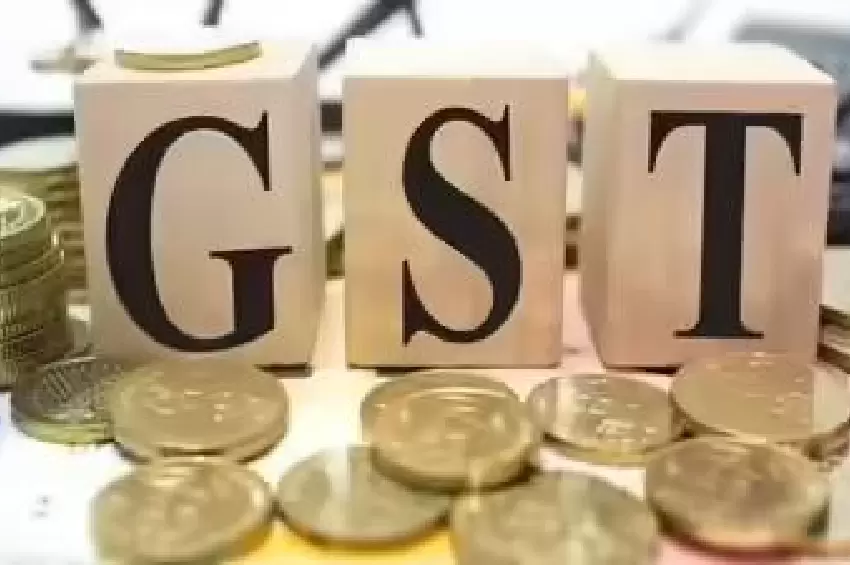India's GST Revolution: A New Dawn for Businesses and Consumers
Prime Minister Narendra Modi's announcement of a significant GST restructuring by Diwali has sent waves across Dalal Street, with over 40 stocks across various sectors identified as potential beneficiaries. The stock markets responded with substantial gains in automotive, financial, real estate, consumer, and cement sectors, marking what analysts consider the most significant indirect tax reform since 2017.

Simplifying the Tax Structure
The proposed GST reforms aim to simplify the current four-tier structure into two primary rates - 5% and 18%, excluding sin goods. Market projections suggest that 99% of goods in the 12% category will shift to 5%, whilst 90% of items in the 28% bracket will move to 18%.
Sector-wise Benefits
The automotive sector, particularly two-wheelers, small cars, and commercial vehicles, stands to gain significantly from the proposed rate reduction. The cement sector could see a government revenue impact of Rs 200-250 billion, with consumer durables like air conditioners also benefiting. Banking sector advantages include increased consumption and credit demand.
Potential Stocks to Watch
Brokerages have shortlisted over 40 companies across sectors that could emerge as key beneficiaries, including Maruti, Tata Motors, Voltas, Havells, Ultratech, ICICI Bank, and many more.









Comments